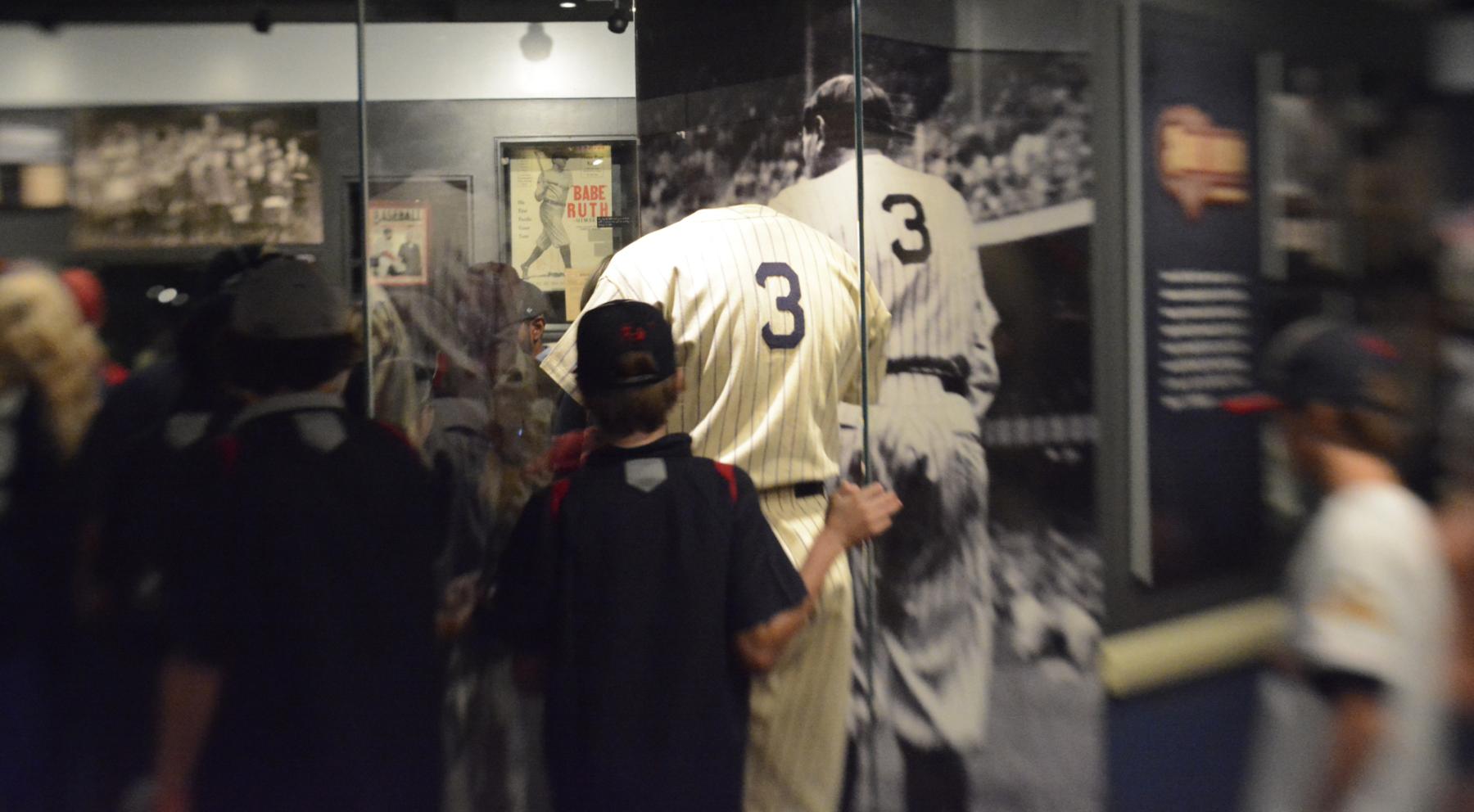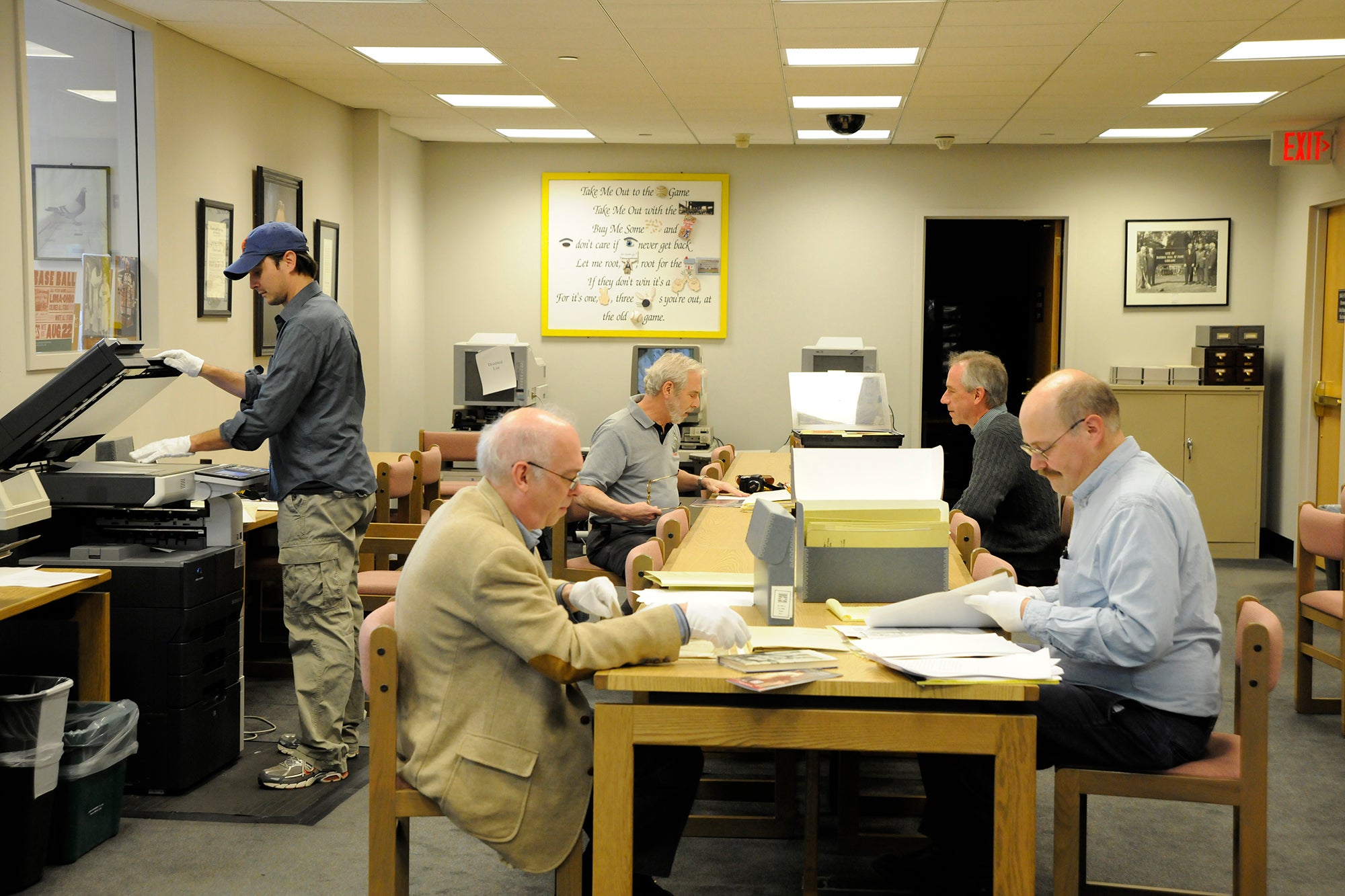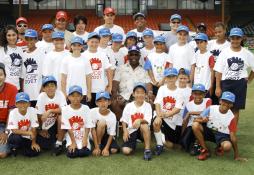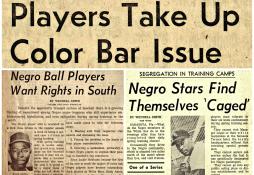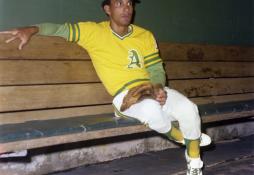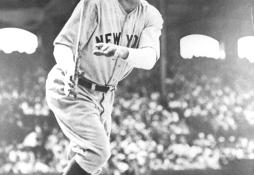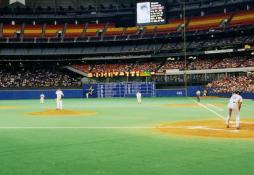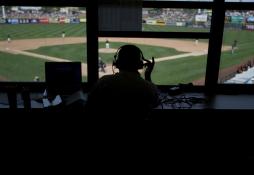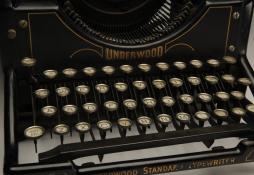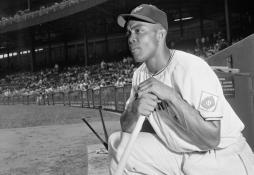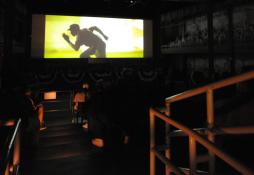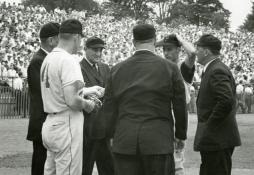“Instead of just looking at a baseball, you have an understanding of where that baseball came from and what it actually represents. When I come here I get that feeling. I take away a tremendous amount of knowledge from the different presentations and I find that very important to my continual development in this field.”
- Home
- Our Stories
- Symposium brings together baseball, academia
Symposium brings together baseball, academia
Examining the National Pastime from a number of different perspectives has been the longtime goal of the Cooperstown Symposium on Baseball and American Culture – and the 28th annual event, held this past week, continued the trend.
The three-day affair held at the National Baseball Hall of Fame and Museum, which concluded on Friday, June 3, brings together academics, students, historians, writers and fans with an interest in the sport.
“We provide a unique platform for men and women from around the country to come to Cooperstown and to discuss baseball and its relation to our culture and society,” said Hall of Fame Librarian Jim Gates, a co-coordinator of the event. “We talk about baseball on the field, but we also talk about everything else, such as art, music, dance, poetry, film, literature, economics, architecture…you name it."
“We consider this to be baseball’s premier academic conference, and over three days provide interesting presentations on virtually every aspect of the game.”
Co-sponsored by the State University of New York College at Oneonta and the National Baseball Hall of Fame and Museum, the Symposium examines the impact of baseball on American culture from inter- and multi-disciplinary perspectives.This year’s annual Symposium, one of its largest ever with more than 175 attendees from around the country, had more than 50 presentations that took place in both the Museum’s Bullpen Theater and Learning Center. The wide-ranging titles included “War Protests in Baseball: Lindbergh Banned from Ebbets Field,” “Violence, Race and Redemption: Marichal/Roseboro,” “Was My ‘Purpose Pitch’ Justified?: An Ethical Analysis” and “Jesus Takes the Mound: The Rise of Evangelical Christianity in Baseball.”
“I love the Symposium because it gives you a historical point of view, and that’s very important,” said Leila Dunbar, a longtime appraiser on PBS’ Antiques Roadshow whose presentation was on 19th century star Andy Leonard. “All too often in the world of memorabilia, particularly because of the appreciating market, people can get caught up in the values, but to me what is most important is what the objects represent historically and what the connections that they bring.
“Instead of just looking at a baseball, you have an understanding of where that baseball came from and what it actually represents. When I come here I get that feeling. I take away a tremendous amount of knowledge from the different presentations and I find that very important to my continual development in this field.”
Major League Baseball’s official historian, John Thorn, was also a presence throughout the Symposium. “It’s always fun to come. You hear speakers who are interesting and the keynote speech was a killer,” said Thorn, who delivered the keynote address back in 2012. “Jane Leavy just treated the room the way a lion tamer treats a lion – she had a whip and a chair and she kept us all in line.”
The Symposium got under way Wednesday afternoon inside the Grandstand Theater with the keynote address from Leavy, a former sportswriter with The Washington Post and the author of the New York Times bestsellers The Last Boy: Mickey Mantle and the End of America’s Childhood and Sandy Koufax: A Lefty’s Legacy. Her keynote was entitled, “Finding George: The Unique Challenge of Writing a Sports Biography,” which reference the daunting task of tackling a Babe Ruth biography.
“As I have gone about trying to figure out a way to write this book, and I think I’ve been doing it almost four years already, it really forced me to confront the limitations in myself,” she said in an interview during the Symposium. “I’m not trained as a historian. I am not trained as a scholar. The quandary of writing a sports biography today, especially about a dead guy, is where do you go for primary source information that you can trust?
“I start to go through newspaper clippings, and there are some real nuggets you can find, but by and large you cannot find his voice. And so as a biographer how do you get past, particularly with Ruth, all the scripted quotes and speeches and advertising copy, to get to something that you can believe about a person? For me, personally, the only way I know how to do this is to find something true, something that is so irrefutably believable, that I can use it as a touchstone for a way to understand a person. And, for me, the catalyst, the magic moment, was meeting Julia Ruth (Ruth’s daughter) four years ago.
“In the course of speaking with her she suddenly blurted out, ‘You know his parents were separated?’ That was a reportorial shock. And I remember saying to her, ‘I never heard that.’ And she said, ‘I just thought everybody knew.’ It was like looking through a lens that suddenly has been clarified: ‘Now he makes sense.’ This big overgrown boy who never grew up had to invent himself completely because his parents left him in the care of the brothers who ran St. Mary’s Industrial School. He wasn’t, I don’t believe, such a hooligan, such a reprobate at age seven that he had to be incarcerated.
“It was clear to me that the catalyst for his incarceration, and that is the word that was used, was his parents’ divorce. They just didn’t have any use for him, basically. How, at age seven, do you explain to yourself that six of their eight kids died and they still sent me away? How bad do I have to be? Do you start trying to live up to that reputation? I started doing all the reporting and as a person he started making sense. And the more I followed that down the more I was able to put together a profile of a person that I find believable.”
According to Leavy, she is almost done with her Ruth research with a manuscript due in about a year. The book’s title as of now is The Big Fella: Babe Ruth and the Advent of Celebrity. “Ruth is the first modern celebrity and with the help of Christy Walsh (Ruth’s agent) exploited all the new means of telecommunication that were becoming available. They were way ahead of the curve,” Leavy said. “So here’s this guy who first, as a boy and as a young man, has to create a life for himself. And then here’s this guy who creates a persona that in some ways assuages the pain of the boy that he was and buffers him from it. So examining the tension between the persona and the kid will be a large part of the book.”
Past keynote speakers at the Symposium have included Stephen Jay Gould, Ken Burns, W.P. Kinsella, Eliot Asinof, Roger Kahn, George Plimpton, Marvin Miller, Frank Deford and Janet Marie Smith.
Bill Francis is a Library Associate at the National Baseball Hall of Fame and Museum


